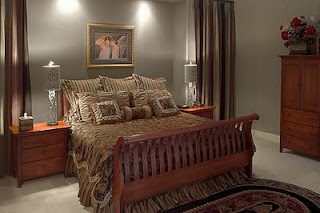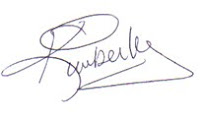
OK, you’ve chosen the photographer, received the estimate, photographed the project, since there isn’t any film processing involved anymore, you should have your photographs immediately when you leave the shoot, yes? Not quite.
Basic Digital Processing
The extent in which post production processing takes place on your images depends on a lot of factors, including what special treatment the images require as determined in the Estimate. But nearly every photographer (or their digital production staff), at minimum, performs the following actions on their images:
- Imports them into their digital asset management system. This includes cataloging your images as well as inserting permanent digital text information (meta data) into the images.
- Basic retouching for minor imperfections including dust on the sensor, flaws on the site.
- Applying subtle changes in contrast/color balance/tone to ensure all the images appear to have the identical color cast and exposure.
Advanced Digital Enhancement
Depending on the specific services outlined in the Estimate, additional image enhancement can be applied:
- Light Color Temperature Adjustment. Sometimes there are multiple light sources with different color temperatures in one image. Lighting brought onto location, as other on site techniques, used by the photographer should minimize this impact, but sometimes it is easier and more cost effective to perform final adjustments digitally back in the studio.
- Removal of Distracting Elements. In the magic of the digital world it is more possible than ever to get rid of distracting slight switches, outlets, faceplates, plumbing, cords,
- Merging Multiple Exposures. This technique is commonly referred to as High Dynamic Range (HDR) and allows the photographer to take multiple images of the same scene at different exposures and merge them into one image. This allows for increased detail in highlights and shadow areas, and, for example, minimizes burn outs from over exposure from strong lighting coming in a window.
Whether you were there or not, and whether we are your photographer on a project or not, if you have any questions or comments about commissioning architectural photography, please feel free to drop us a line anytime. We'd be happy to help!

Kimberly Blom-Roemer
Photographer
R2 Photography, LLC
r2-photography.com

Kimberly Blom-Roemer
Photographer
R2 Photography, LLC
r2-photography.com
866-722-9506

